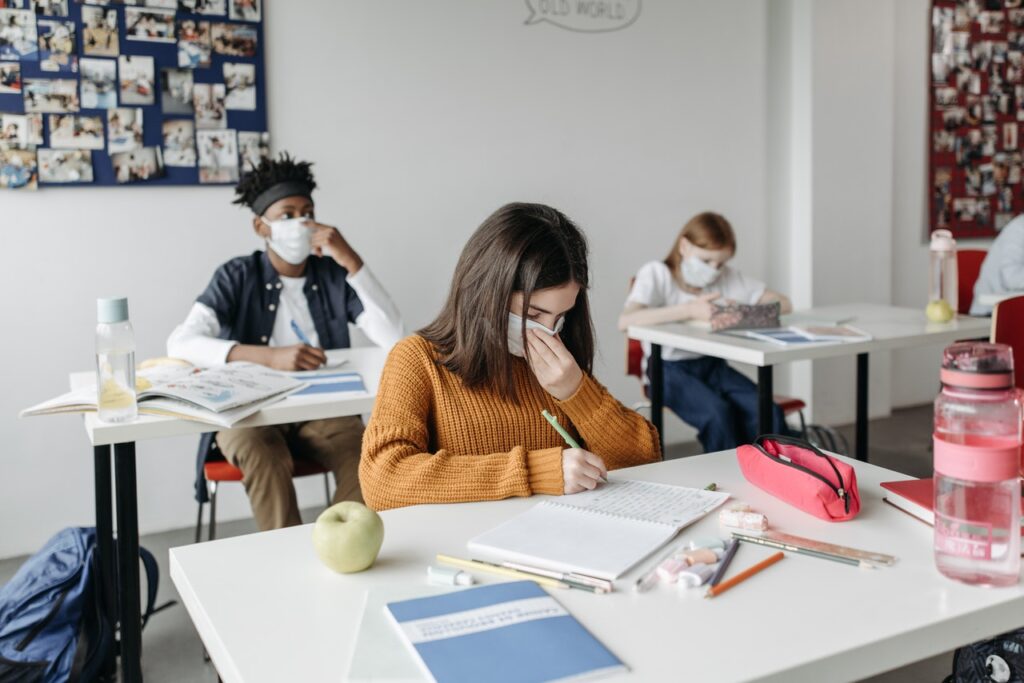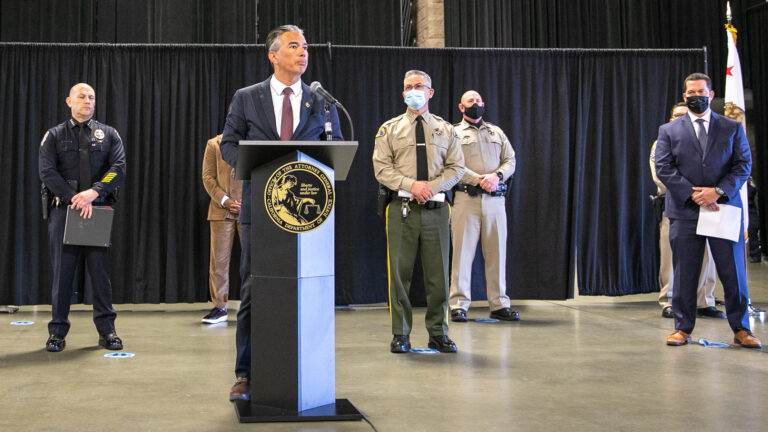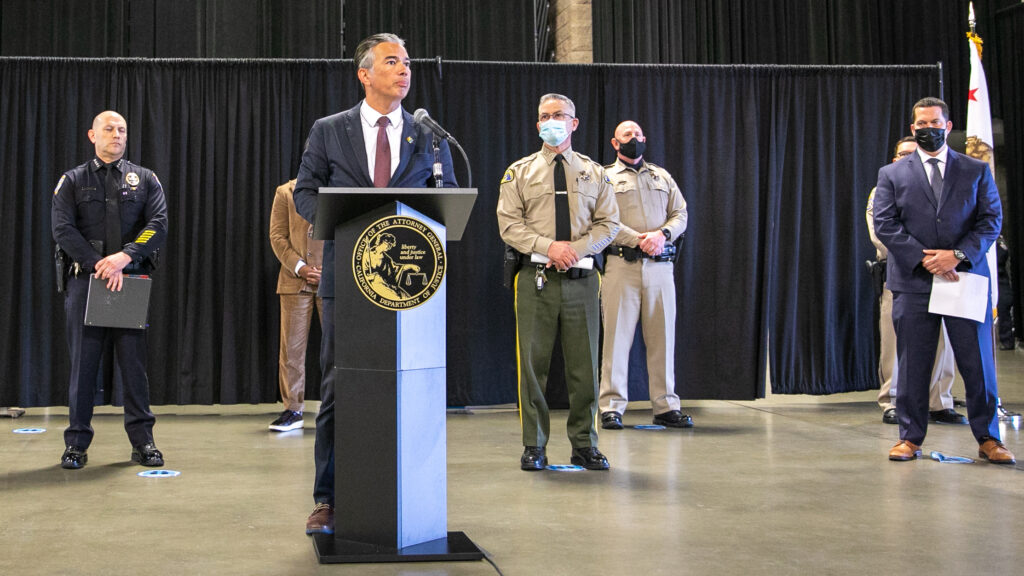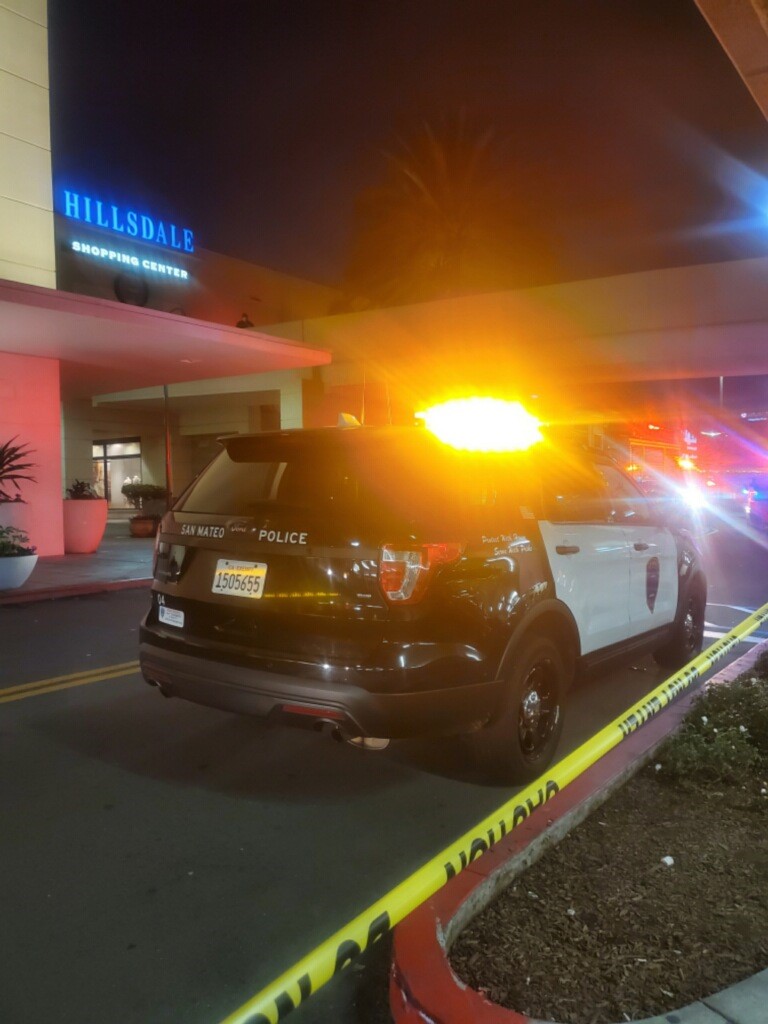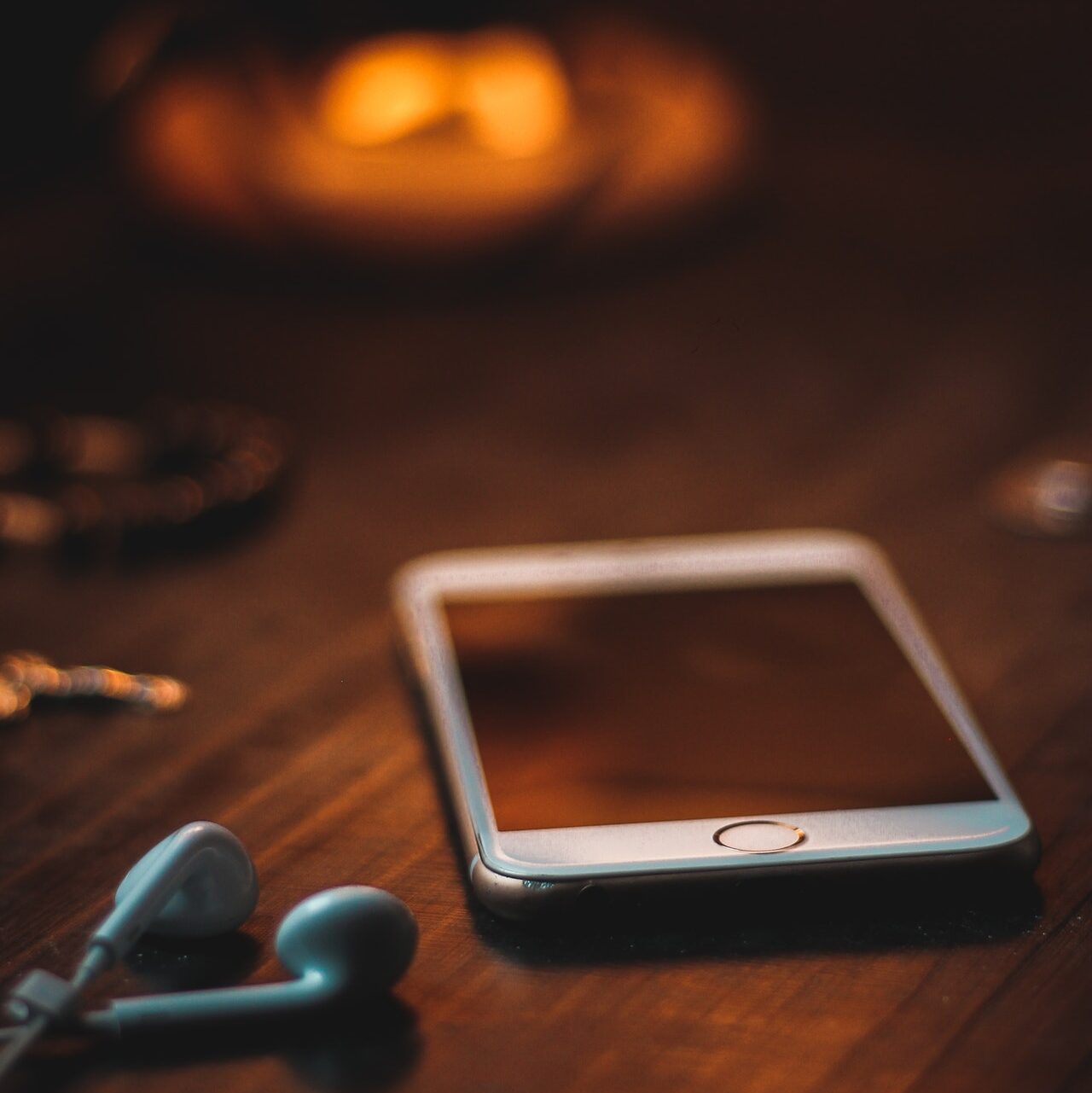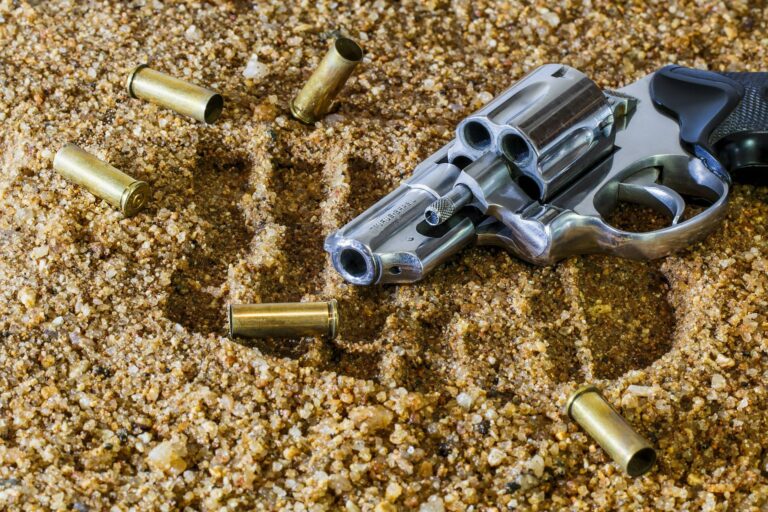
I'm always writing for myself.
Joan Didion
There are two facts that marked the beginning of Joan Didion's career as a writer (United States, 1934-2021): 1) Being rejected by Stanford University and 2) Her mother convincing her to send an article to the legendary Vogue magazine. The first is relevant since Didion was one of the most recognized writers for her contributions to North American culture. However, the writer was rejected in 1952 with a letter in which she was warned that, despite meeting the minimum requirements, it was impossible to admit her to one of the most prestigious universities in California.1.
The event marked the writer's early youth—so much so that she even considered suicide—but it also led her to assimilate failure as part of life and the learning that each person must experience in their own way to choose their own path, since, as Didion says: “it's hard enough to figure out what your role in life is without being given someone else's script on top of that.”
Possessing a sensitive character and a sober personality, Didion would carry forward the idea of success in relation to her freedom of thought and desires. This would lead her to try her hand at an article for Vogue magazine that dealt with self-love.2. She was accepted. Soon Didion was thrust into the public eye as a journalist who protected herself with a unique and refined style.
Joan Didion, a visionary of the loss of values in American society, was also recognised for her intelligent and concise texts that revealed the problems facing her country in the 1960s: violence, drugs and weapons were, for Didion, the germ of a “cancer” that was moving away from the simple idea of hippie liberation and rock and roll. It was a time in which she, her husband, the writer John Gregory Dunne, and her daughter found themselves immersed, surrounded by artists such as the singer Janis Joplin, Jim Morrison and the filmmaker Roman Polanski.
Closely related to atrocious events such as the murder of the wife of filmmaker Polanski by the so-called “Manson Family” and the excesses of those times, Didion made a series of essays, chronicles and reports, approaching the events as a mental and spiritual illness, beyond good and evil, black and white, but rather the result of disordered politics and a decadent society, hidden beneath the golden dream.
For Didion, her birthplace of Sacramento, California, represented the ideal setting for her reflections to be expressed as a reality that needed to be told. Through fiction, chronicles and essays, the author expressed the duality of love/hate for a city that would house the main core of all her works. California was the territory where love and chaos came together through Didion's personal story, like two waves that collide in the sea and quickly merge.
His chronicles, essays and articles from that time can be found in the anthology Those who dream the golden dream (2003), a compilation that recovers autobiographical texts from some of his books such as Crawling to Bethlehem (1968), The White Album (1979), Salvador (1983) o Miami (1987).
Didion's critical eye on the wound, exposing the cancer without trying to cure it with literary tricks, is what brought the writer to fame: emphasizing the pain, not hiding it. As shown by her nephew and filmmaker Griffin Dunne in the documentary The Center Will Not Hold (Netflix), where Didion explains several facts about her life and work from her beginnings until the death of her husband and daughter in 2003, which she also narrates in her book The year of magical thinking (2005).
In the same documentary, Didion says: “As long as I write, I want people to know who I am and where I am and what is going on in my head,” statements that she managed to capture in her literature through the intimacy of her stories and the clarity with which she put on the table sordid, painful and often dark themes that permeated both the fiction of her novels and the truth of her many essays.
As a writer radically separated from the ideas of others, Didion is a reference for contemporary literature, since her ideas permeate the possibility of revealing the history of injustices, knowing about the importance of self-love and, at the same time, empathizing with an author whose work is nothing more than a reflection of a life full of circumstances that crossed her own artistic creation.
Unfolding as a journalist, essayist, novelist, screenwriter, mother and wife, Didion was a woman who sought through her texts a way to “tell herself,” to confront the facts and to find a certain personal growth in her own reflections. It is not surprising that the snake that always accompanies her on covers and illustrations is the metaphor of her questions about life, of her constant and endless search for answers; the beginning and the end that lead her to decipher in her mind her dreams and nightmares. Because as the author argues: “killing a snake is like having one.”
Joan Didion, more than a writer about the pain and elegy of life, was an author who thought about its universal chaos and then transferred her visions to the order of ideas, of words. She was a journalist who managed to portray the reality of an era without losing her critical judgment and human quality. She was a columnist who put on the table important topics such as self-love, character and femininity as synonyms of strength and intelligence. And, above all, Joan Didion was a writer who opted to remove rhetoric from narrative in order to confront the nonsense that surrounds existence.
1References from the essay titled “When the university you preferred rejects you” from the book of essays titled What I want to say (2021), by the author.
2You can read the essay on self-esteem by clicking here. Click here.
You may be interested in: Noam Chomsky, the last linguist







